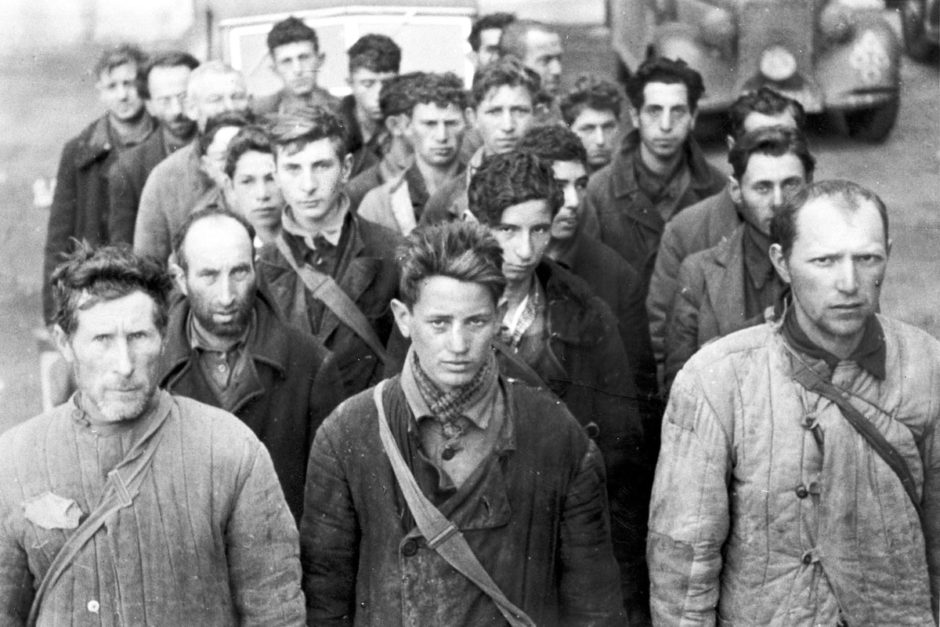Jews in Nazi-occupied countries were forced to make excruciating decisions as they grappled with the extraordinary perils facing them during the Holocaust.
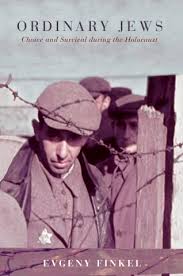
Their survival strategies varied, ranging from coping, compliance and cooperation to evasion, resistance and collaboration, as Evgeny Finkel writes in his superb book, Ordinary Jews: Choice and Survival During the Holocaust (Princeton University Press).
Finkel, a professor of political science and international affairs at George Washington University, defines each category succinctly.
Coping meant confronting danger and trying to survive without leaving one’s community, or engaging in cooperation, collaboration or resistance, says Finkel, whose research is based on archival material and survivors’ testimonies.
An extreme version of coping was compliance, or faithfully obeying the status quo, or the rules imposed by the perpetrators.
Jews who wanted to preserve the community turned to cooperation. Collaborators were Jews whose behavior was detrimental to Jewish survival. By contrast, evasion was an attempt to escape persecution by leaving the community, emigrating or assuming a false identity. Resistance was a tactic aimed at harming the perpetrators.
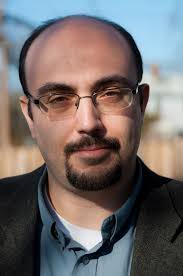
According to Finkel, the majority of Jews chose a strategy that fell between coping and evasion. Jews who had integrated themselves into mainstream Christian society usually chose evasion. Jews who had been politically active before World War II were more likely to choose cooperation, public collaboration or resistance. Coping was the option of Jews who lived in a predominantly Jewish social milieu. Compliance, on the other hand, was chosen by a tiny minority.
Finkel reaches his conclusions by comparing Jewish behavior in three Nazi ghettos — Minsk, Krakow and Bialystok.
Nazi Germany created 1,126 ghettos in occupied Poland, the Baltic states and the Soviet Union. Three weeks after the German invasion of Poland on September 1, 1939, Reinhard Heydrich, a top SS official, convened a meeting to announce that Jews would be confined to ghettos so as to better control them and facilitate their subsequent expulsion.
The smallest ghetto, in Obol in the Soviet Union, had 10 inhabitants. The biggest one, in Warsaw, contained almost 500,000 Jews.
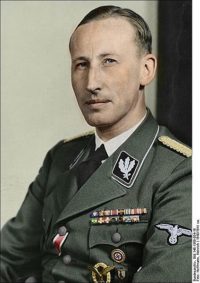
“Not every locality in which Jews lived had a ghetto,” says Finkel, “but most towns and cities with a sizeable Jewish population did — even if only for a short time.”
Many ghettos were initially open, then later enclosed. A substantial number remained open throughout their entire existence. “Many ghettos were destroyed soon after their establishment, but a substantial number were allowed to exist for more than a year, and some even for several years,” he says.
The ghetto in Minsk, established less than a month after Germany’s invasion of the Soviet Union on June 22, 1941, contained about 80,000 Jews. Under Soviet communism, czarist-era antisemitic restrictions were abolished and antisemitism was declared a criminal offence. Jews were thus able to integrate themselves into the broader society, form friendships with non-Jews and marry Christians, all of which had been virtually unthinkable.
Jewish communists in Minsk were active in the resistance movement, which converted the ghetto into a supply base for Soviet partisans. But in general, the Jewish inhabitants knew very little about Germany’s genocidal policies.
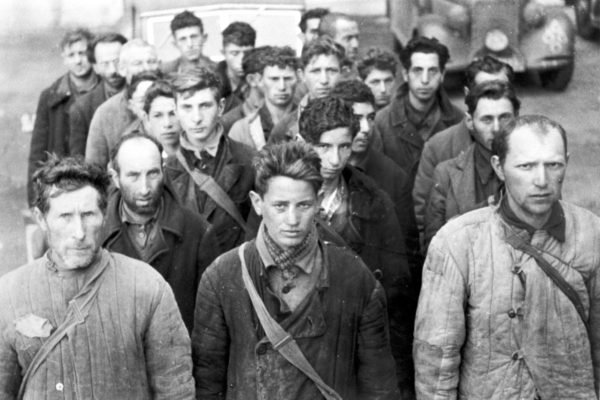
The benevolent German occupation of Minsk during World War I had lulled Jews into the illusion that the Nazis were not brutal. This misperception was compounded by poor Soviet media coverage of Nazi antisemitism from 1939 onwards.

As a result, Jews were largely ignorant and unprepared for the atrocities that would be directed against them by the German occupiers and their Belorussian, Ukrainian and Lithuanian collaborators.
In Krakow, where 65,000 Jews comprised 26 percent of the population on the eve of the war, integration and violence coexisted uneasily.
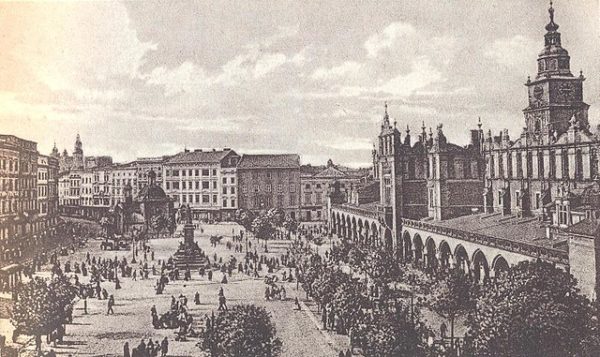
Krakow was dominated politically by the Polish Socialist Party, and was a center of Polonized Jewish culture. The mayor from 1933 to 1939, Mieczyslaw Kaplicki, was a convert to Christianity. The commander of the military garrison, Bernard Mond, was the only ethnically Jewish general in the Polish army. Yet in 1918 and 1919, pogroms erupted in Krakow. And in 1931, three weeks of anti-Jewish rioting convulsed the city’s Jagiellonian University.
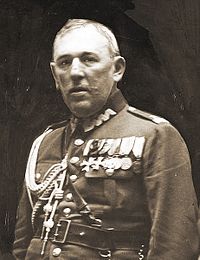
The ghetto in Krakow, established in the suburb of Podgorze, was emptied in a series of deportations. Once the ghetto was liquidated, the Plaszow forced labor camp replaced it.
The majority of Krakow’s Jews chose coping as their preferred survival strategy. Unlike the Jews of Minsk, they had access to information and were aware what the consequences of a German occupation would be. With the outbreak of the war, many Jews, primarily males, escaped to eastern Poland, thinking that females and children would be immune to Nazi savagery.
The first mass deportation occurred in the summer of 1942. Further Aktions unfolded in 1943. Some Jews escaped the deportations by working for Oskar Schindler, a German factory owner. Still others escaped to the Aryan side of Krakow under false identities as non-Jews.
Bialystok, the scene of a 1906 pogrom that claimed the lives of 88 Jews, was radically segregated in terms of residential patterns and social relations between Jewish and Christian Polish citizens. “In Bialystok, virtually every Jew took part in exclusively Jewish organizations, such as schools, religious societies, political parties, trade unionism, charities and youth movements,” Finkel says. “This was not the case in Krakow or Minsk.”
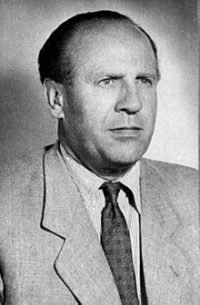
The Germans conquered Bialystok on September 15 and stayed until the Soviet army occupied it under the provisions of the 1939 Molotov-Ribbentrop pact. Relieved that German soldiers had departed, jubilant Jewish crowds greeted the Soviets, thereby arousing the enmity of ethnic Poles. The Germans were back again on June 27, 1941 and unleashed a deadly wave of violence against Jews, murdering 7,000 over the course of the first two weeks.
On July 26, the ghetto, enclosing 43,000 Jews, was established. Deportations drastically reduced their numbers. Many Jews complied with German orders to appear at deportation points. When Bialystok was liberated by the Red Army on July 26, 1944, only a handful of Jews were left in the city.
Compared to Jews in Minsk and Krakow, Jews in Bialystok had difficulty in resorting to evasion to survive. As Finkel writes in one of his most interesting chapters, the attempt to survive by assuming a new identity was fraught with peril. As he states, “Passing as a non-Jew required certain traits. First, people who did not physically ‘look Jewish’ had a better chance of evading enemies.”
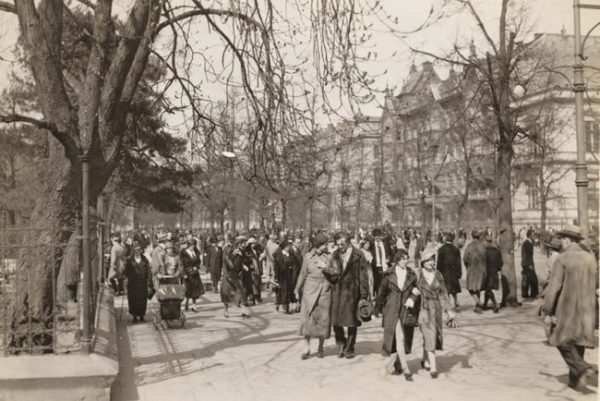
Social skills, such as a flawless command of the local language without a Yiddish inflection and a knowledge of Christian religious rites, were absolutely essential. And then there was the “trousers” test. Circumcised Jewish males could easily be identified if asked to lower their pants.
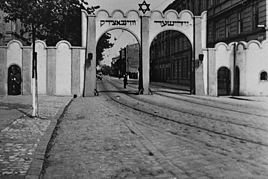
Consequently, Jews in Bialystok were hard-pressed to camouflage themselves as Christians. “Among those who tried, only a handful survived,” says Finkel. “It was not money or facial features, but the level of integration that explains why so few Bialystok Jews chose evasion.”
Bialystok was a polarized and segregated city with “hostile inter-ethnic relations.” Many Jews did not even speak proper Polish. “Even the Jews who spoke Polish well had few, if any, non-Jewish contacts.” In short, toxic relations between Jews and Poles proved harmful to the survival of many Jews during the German occupation.
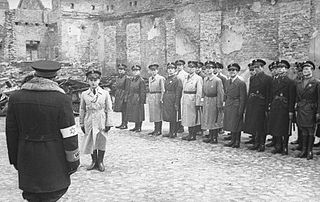
Finkel’s observations on the Judenrat and the Jewish police force inside the ghetto add to a readers’ understanding of what transpired during this period.
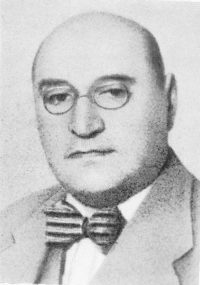
The first crop of Judenrat leaders, like Adam Czerniakow of Warsaw, were largely well-intentioned public servants who tried to improve the lot of their fellow Jews. But after they were removed, due to their unwillingness to blindly obey German orders, their replacements tended to be officials motivated by self-interest.
“A large body of evidence suggests that quite a few — though certainly not all — Judenrat leaders were utterly corrupt, despotic and abusive toward ghetto populations,” he notes. “They were often driven by desires for personal enrichment and survival, to the detriment of their communities. This is especially true of the Jewish police force, which tended to be even more corrupt and self-interested than the Judenrats.”
Widely feared and resented, Jewish policemen were placed in charge of maintaining public order, catching people who tried to escape, hunting down smugglers and fighting the Jewish underground.
In addition, the Gestapo employed a network of informers whose task was to spy on ghetto Jews and find Jews who had gone into hiding during and between deportations. “The most notorious informers were eventually hunted down by the underground and fellow Jews, and most Jewish police members were killed once their services were no longer needed.”
Jews in Nazi ghettos faced the spectre of a monstrous Nazi regime hell bent on exterminating them and were forced to make life-and-death decisions in order to survive. Finkel, in his illuminating book, casts a revealing light on their survival tactics and strategies.
